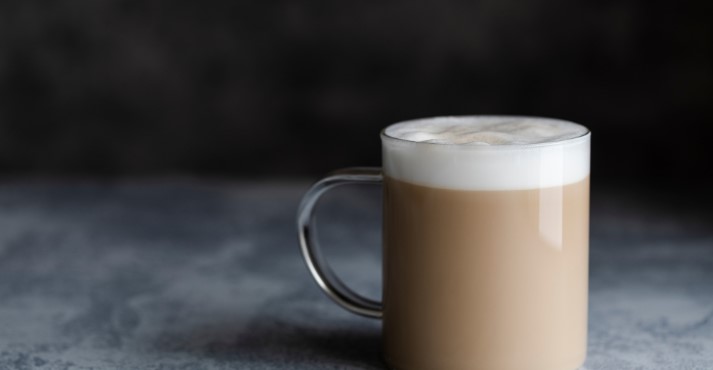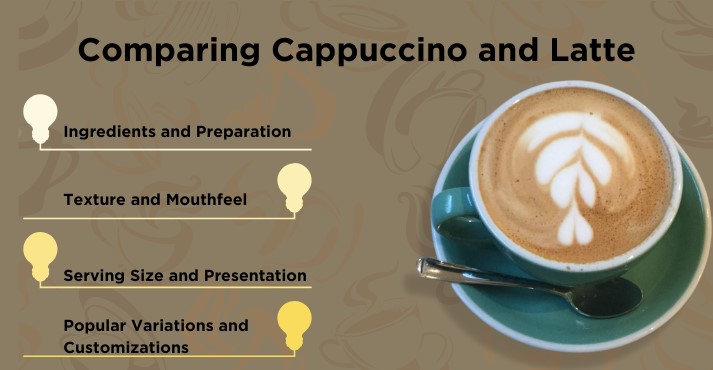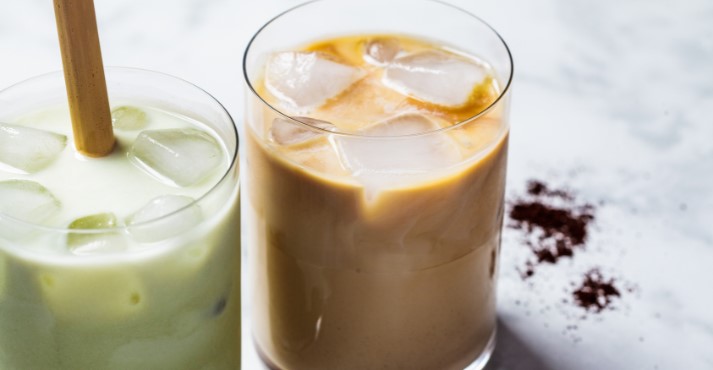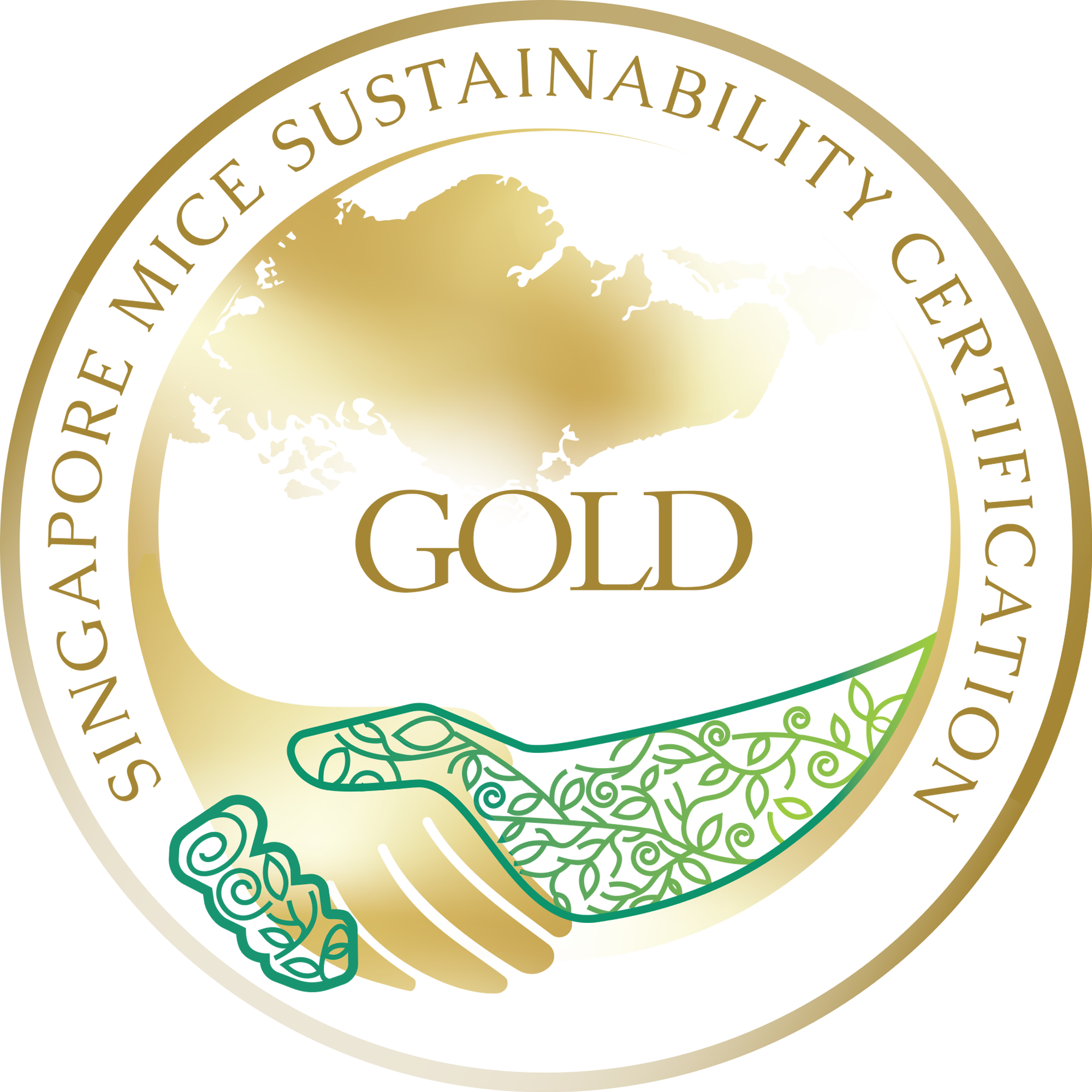Cappuccino and latte are two of the most popular espresso-based coffee drinks worldwide, including in Southeast Asia.
The coffee users in Southeast Asia are expected to reach 389.6 m by 2029. Considering the popularity and market trends, it is essential to know every detail and different approaches related to coffee consumption.
When discussing cappuccino vs. lattes, we need to understand that both beverages start with a shot of espresso but differ in their preparation and taste.
Cappuccino is known for its bold flavor and rich texture. It is made with equal parts espresso, steamed milk, and a thick layer of milk foam.
On the other hand, a latte is smoother and creamier, consisting of more steamed milk and just a tiny amount of milk foam on top. This makes it a milder and more versatile drink.
Understanding the differences between cappuccino and latte is essential for coffee enthusiasts who want to appreciate the unique qualities and businesses who want to offer these selections.
Cappuccino: Characteristics and Flavor Profile

Cappuccino is a classic espresso-based coffee drink loved for its balanced composition and robust flavor.
It is traditionally made with equal parts of espresso, steamed milk, and foam. This precise ratio results in a beverage that offers a harmonious blend of strong coffee and creamy milk.
- Preparing a cappuccino begins with a shot of espresso, providing a rich, bold coffee foundation.
- Next, an equal amount of steamed milk is added, which softens the intensity of the espresso while still allowing its robust character to shine through.
- Finally, a layer of thick, velvety milk foam is spooned on top, adding a delightful creaminess and a touch of sweetness to the overall experience.
Regarding flavor profile, cappuccinos are known for their rich and intense taste. The strong espresso flavor is complemented by the creamy texture of the steamed milk and the light, airy foam.
This combination creates a well-rounded and satisfying drink that highlights espresso’s best qualities while adding a luxurious mouthfeel.
Latte: Characteristics and Flavor Profile

A latte is a popular espresso-based coffee drink, distinguished by its high proportion of steamed milk and a thin layer of milk foam on top. This composition makes the latte a smoother and creamier alternative to the more robust cappuccino.
- The preparation of a latte starts with a shot of espresso, forming the drink’s base.
- This espresso shot is then combined with a generous amount of steamed milk, typically three to four times the volume of the espresso.
- The drink is finished with a thin layer of milk foam, which adds a slight frothiness without overpowering the smooth, creamy texture of the steamed milk.
Lattes are famous for their smooth and mellow flavor profile. Steamed milk significantly softens the intensity of the espresso, resulting in a drink that is less bold but still rich in flavor.
Comparing Cappuccino and Latte

Cappuccino and latte are two beloved espresso-based coffee drinks that offer distinct experiences despite their shared ingredients.
They are considered the stars of coffee trade shows and attract customers looking for coffee and tea rituals.
While both drinks include espresso, steamed milk, and milk foam, their proportions and preparation methods set them apart, leading to unique flavor profiles and textures.
1. Ingredients and Preparation
Both cappuccino and latte start with a shot of espresso as their base, providing the rich, strong coffee flavor that defines these drinks. The primary difference lies in the ratio of steamed milk and milk foam added to the espresso.
A cappuccino is traditionally made with equal parts espresso, steamed milk, and foam. In contrast, a latte consists of a shot of espresso mixed with a much higher proportion of steamed milk, typically three to four times the volume of the espresso.
Both drinks have their roots in traditional Italian coffee culture. With its rich and bold profile, the cappuccino is a staple of Italian breakfast.
At the same time, the latte, known for its milder taste, has evolved and gained popularity worldwide, especially in coffeehouse culture.
2. Texture and Mouthfeel
The texture and mouthfeel of cappuccino and latte are distinct due to differences in foam density and the milk-to-espresso ratio.
A cappuccino boasts a thick, velvety foam that creates a light, airy mouthfeel. On the other hand, a latte features a higher proportion of steamed milk and a thinner layer of foam.
The contrast in mouthfeel between cappuccino and latte plays a crucial role in the coffee-drinking experience.
3. Serving Size and Presentation
In Southeast Asian cafes and coffee shop menus, cappuccinos and lattes are typically served in different sizes and presentation styles to enhance the coffee-drinking experience.
Cappuccinos are often served in smaller cups, usually 150-180 ml, to maintain the ideal balance of espresso, milk, and foam. The smaller serving size helps concentrate the flavors and ensures the foam remains intact until the last sip.
Lattes, by contrast, are usually served in larger cups, ranging from 240-300 ml. This larger size accommodates the greater volume of steamed milk and allows for artistic latte art on the surface, adding visual appeal.
4. Popular Variations and Customizations

Cappuccinos and lattes offer numerous variations and customizations, catering to diverse preferences and dietary restrictions.
Flavored syrups, such as vanilla, caramel, and hazelnut, are popular additions. They provide a sweet twist to classic drinks and can be added to cappuccinos and lattes, allowing for personalized flavor profiles.
Alternative milk options, including almond, soy, oat, and coconut milk, are widely available in cafes to accommodate dietary needs and preferences. This non-dairy milk can alter the texture and flavor of the drinks, providing a unique experience compared to traditional dairy milk.
Latte art has become a hallmark of modern coffee culture, especially with lattes. This artistic touch enhances lattes’ visual appeal and adds craftsmanship to the coffee experience.
Choosing Between Cappuccino and Latte
When choosing between a cappuccino and a latte, consider your preferences for flavor and texture.
A cappuccino is likely your best bet if you enjoy a strong, bold coffee taste with a rich, creamy foam. Its robust espresso flavor and airy texture offer an invigorating coffee experience.
On the other hand, if you prefer a smoother, creamier drink with a more subtle coffee flavor, a latte would be more to your liking—the higher proportion of steamed milk in a latte results in a mellow, velvety mouthfeel.
Your caffeine tolerance can also guide your choice. Cappuccinos typically have a more concentrated coffee flavor, while lattes are milder and more diluted by steamed milk.
Cappuccino vs. Latte (FAQs)
Is a cappuccino stronger than a latte?
Yes, a cappuccino is generally more robust than a latte because it has a higher ratio of espresso to milk. The equal parts of espresso and milk in a cappuccino result in a more intense coffee flavor than the milder, creamier taste of a latte with more steamed milk.
Which has more caffeine, cappuccino or latte?
Cappuccinos and lattes typically have the same amount of caffeine, as both are made with a single shot of espresso. The difference lies in their milk content and texture, not their caffeine levels.
Which is healthier, latte or cappuccino?
A cappuccino is generally considered healthier than a latte because it contains less milk, resulting in fewer calories and less fat. However, overall health depends on milk type and added sugars or syrups.
Conclusion
Choosing between a cappuccino and a latte depends on personal preference and desired flavor profile. You can decide which type of coffee is best for you.
Whether you prefer a cappuccino’s bold, robust taste or a latte’s smooth, creamy texture, both drinks offer unique coffee experiences.
Experimenting with combinations and customizations, such as adding flavored syrups or trying alternative milks, can help you discover your perfect brew.
With so many options, there’s always a new way to enjoy these beloved espresso-based drinks!











